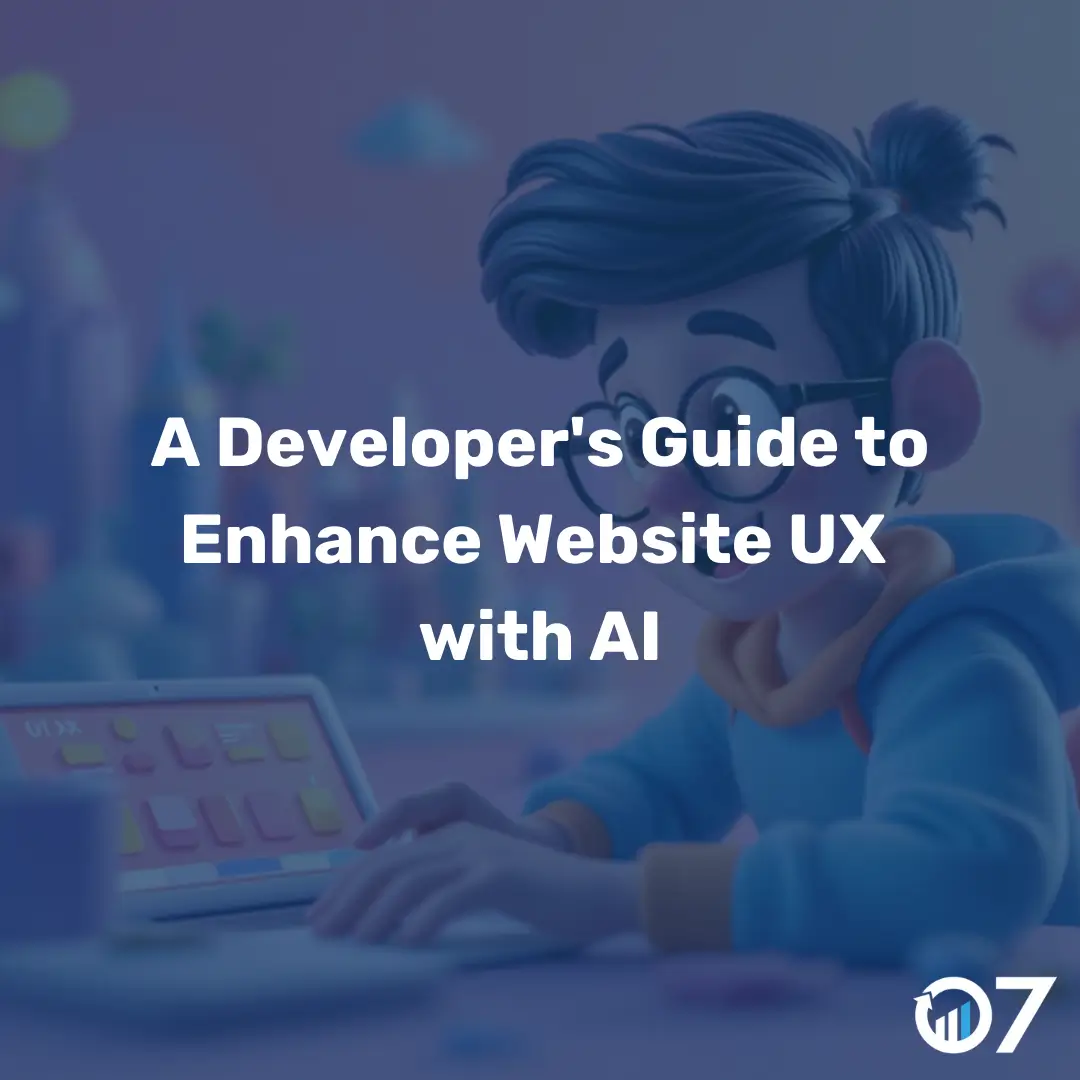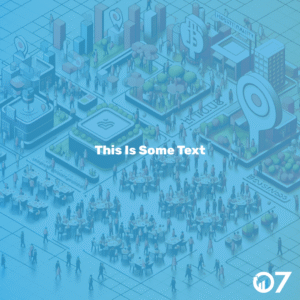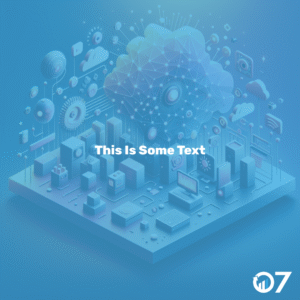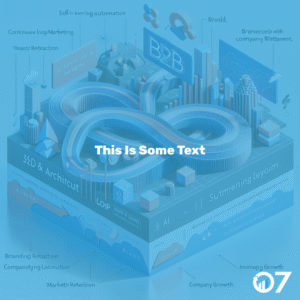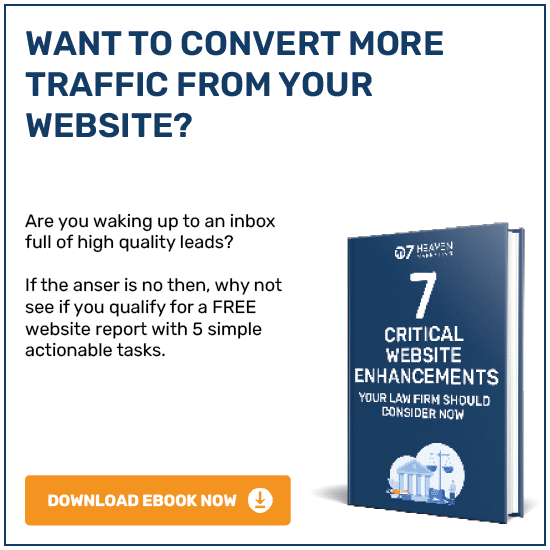AI for Website UX can transform how users interact with your site, making it more engaging and efficient. Read on to discover how AI can elevate your website’s user experience.
As a web developer, I’ve been tracking the growth and adoption of AI tools. And wow, the last two years have been a whirlwind. For so long, AI felt like far-fetched science. Now, AI tools have made using the internet and getting things done worlds easier.
Understanding AI for Website UX
Artificial Intelligence (AI) is no longer a futuristic concept. It’s a practical tool that can enhance website user experience (UX) significantly. From chatbots to personalized content recommendations, AI can tailor the user journey, making it more intuitive and engaging.
Why AI Matters
AI for Website UX isn’t just a buzzword; it’s a game-changer. By leveraging AI, businesses can offer more personalized experiences, streamline navigation, and even predict user behavior. This results in higher user satisfaction and increased conversion rates.
Key Benefits of AI in Website UX
- Personalization: AI can analyze user data to offer personalized content and recommendations.
- Efficiency: AI-powered tools like chatbots can handle customer queries 24/7.
- Predictive Analytics: AI can predict user behavior, helping businesses make informed decisions.
- Enhanced Navigation: AI can streamline website navigation, making it more intuitive.
Implementing AI on Your Website
Integrating AI into your website might sound daunting, but it’s more accessible than you think. Let’s break down the steps to get you started.
Step 1: Identify Your Needs
Before diving into AI implementation, identify the areas of your website that could benefit from AI. Is it customer support, content recommendations, or user navigation? Understanding your needs will guide your AI strategy.
Step 2: Choose the Right AI Tools
There are numerous AI tools available, each catering to different needs. For instance, chatbots like Drift and Intercom can enhance customer support. Meanwhile, tools like Optimizely can help with A/B testing and personalization.
Step 3: Integration
Once you’ve chosen your AI tools, it’s time to integrate them into your website. This process will vary depending on the tool, but most offer comprehensive guides and support to help you through the integration.
Step 4: Monitor and Optimize
After integration, monitor the performance of your AI tools. Use analytics to track user behavior and make necessary adjustments. AI is not a set-it-and-forget-it solution; continuous optimization is key to maximizing its benefits.
Real-World Examples of AI in Website UX
Let’s look at some real-world examples of how businesses are using AI to enhance their website UX.
Example 1: Netflix
Netflix uses AI to offer personalized content recommendations. By analyzing user viewing habits, Netflix can suggest movies and TV shows that align with individual preferences, enhancing user satisfaction and engagement.
Example 2: Amazon
Amazon leverages AI for personalized shopping experiences. From recommending products based on past purchases to predicting future needs, Amazon’s AI-driven approach has revolutionized e-commerce.
Example 3: Spotify
Spotify uses AI to curate personalized playlists. By analyzing listening habits, Spotify can recommend songs and playlists that match user preferences, keeping users engaged and satisfied.
Challenges and Considerations
While AI offers numerous benefits, it’s essential to be aware of potential challenges and considerations.
Data Privacy
AI relies heavily on data, raising concerns about privacy. Ensure you comply with data protection regulations like GDPR and obtain user consent before collecting data.
Cost
Implementing AI can be costly. Evaluate the return on investment (ROI) to ensure the benefits outweigh the costs. Start with small-scale implementations and scale up as you see positive results.
Technical Expertise
AI integration requires technical expertise. If your team lacks the necessary skills, consider hiring experts or partnering with AI service providers.
Future of AI in Website UX
The future of AI in website UX looks promising. As AI technology continues to evolve, we can expect even more innovative applications that will further enhance user experiences.
Voice Search
Voice search is gaining popularity, and AI plays a crucial role in this trend. By optimizing your website for voice search, you can offer a more convenient and hands-free user experience.
Augmented Reality (AR)
AI and AR are merging to create immersive user experiences. From virtual try-ons to interactive product demos, AI-powered AR can transform how users interact with your website.
Advanced Personalization
Future AI advancements will enable even more sophisticated personalization. By understanding user intent and context, AI can deliver hyper-personalized experiences that resonate with individual users.
Conclusion
AI for Website UX is a powerful tool that can enhance user experiences, drive engagement, and boost conversions. By understanding your needs, choosing the right tools, and continuously optimizing, you can leverage AI to its full potential. For more insights and tips, visit our blog or contact us via email at info@07hm.co.uk or telephone 01702 410663.

